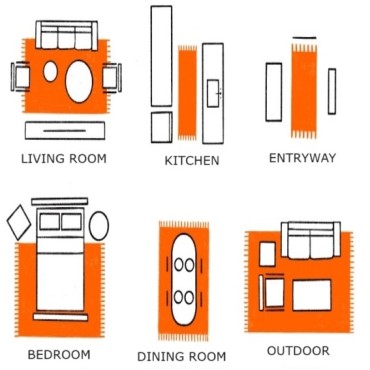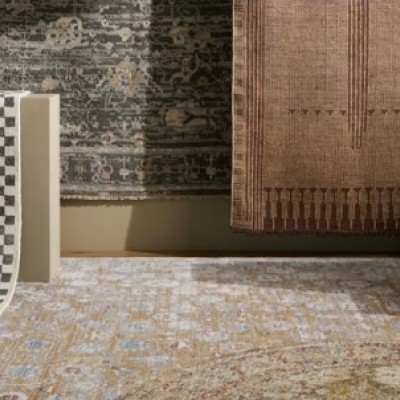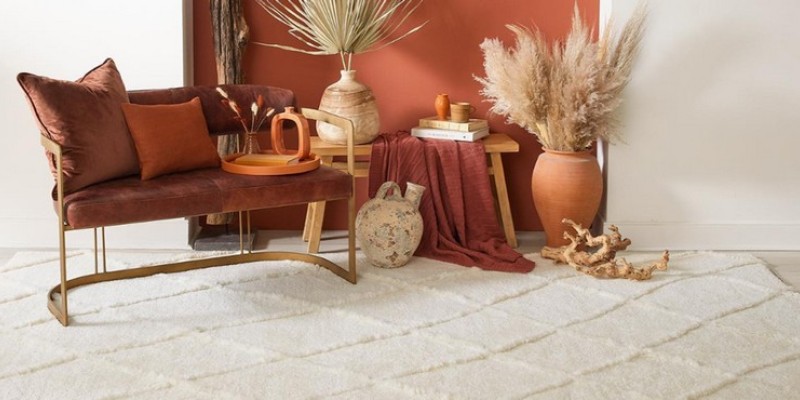
Recent years have seen a trend toward seamless transitions between indoor and outdoor living. The use of outdoor rugs bridges the gap between the two areas, adding style, comfort, and functionality. Whether you have a spacious backyard, cozy balcony, or small patio, outdoor rugs will turn it into an extension of your indoor living space. Designing with outdoor rugs and blending indoor and outdoor spaces harmoniously is easy with these tips.
1. Define Zones:
Outdoor spaces should be defined as functional zones, just like indoor spaces. Consider the activities you want to accommodate, such as dining, relaxing, or entertaining. These areas can be framed with outdoor rugs, creating visual boundaries and enhancing the overall sense of organization. The dining area can be anchored by placing a large rug under your dining set, or separate seating arrangements can be established by using smaller rugs.
2. Choose Durable Materials:
As outdoor rugs are exposed to various weather conditions, it is imperative to choose rugs made of durable materials that are designed to withstand outdoor exposure. Choose rugs made from polyester or polypropylene, as they are resistant to fade, moisture, mold, and mildew and are easy to maintain. In addition to their durability and usability, these materials are easy to clean.
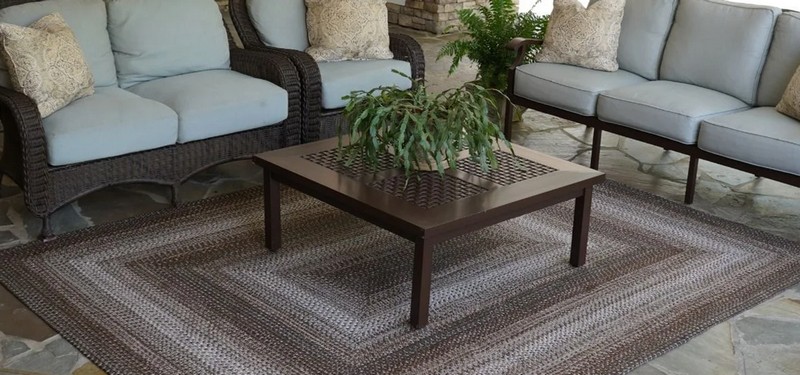
3. Consider Color and Pattern:
When choosing a rug for your outdoor space, think about your current color palette and extend it to the outdoors. Rugs are a great way to introduce color and pattern to your outdoor space. When you have neutral tones in your indoor space, go for vibrant rugs to add color. However, if your indoor space is already colorful, you can use a rug that's more subdued or complementary to make it look more cohesive.
4. Scale and Size:
Make sure your outdoor rug is proportioned and balanced by choosing the right size and scale. Consider how big your outdoor area is and how many chairs you're going to have. A small rug might get lost in a large open space, while an oversized rug might overwhelm a small balcony. Make sure the rug is big enough to let the furniture sit comfortably on and move around.
5. Layering with Indoor Rugs:
When it comes to transitioning between indoor and outdoor areas, layer your outdoor and indoor rugs nearby. This creates a visual connection and makes it easy to transition between the two areas. To keep your design cohesive, pick rugs with similar colors or patterns. But make sure they can handle outdoor conditions, like high traffic or exposure to the elements.
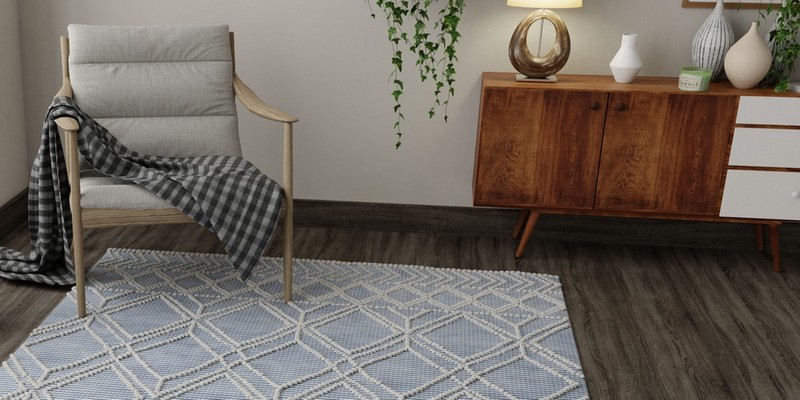
6. Comfort and Texture:
Rugs in your outdoor space not only add visual appeal but they'll make your space more comfortable and cozier. It's especially important to choose rugs with a soft texture that feels good underfoot when you're lounging or barefoot, like near a pool or seating arrangement. Make it even more comfortable by adding outdoor cushions and pillows.
7. Flexibility and Portability:
You may want to consider outdoor rugs because of their portability. You can move them and reposition them whenever necessary. This flexibility allows you to experiment with different layouts and arrangements, adapting to various occasions and changing preferences. Adding rugs to both indoor and outdoor spaces will create a dynamic and fresh appearance without much effort.
8. Maintenance and Care:
It is necessary to regularly maintain outdoor rugs to keep them looking their best because they are exposed to dirt, dust, and various environmental factors. Follow the manufacturer's instructions on cleaning and maintenance. Typically, outdoor rugs can be simply hosed down or swept to remove debris. For spot cleaning of stains, you may use mild soap and water.
We at Rug Town have outdoor rugs that are a great way to make your indoor living space feel as if you're outside. If you follow the tips above, you can create a harmonious blend between your indoor and outdoor spaces, resulting in an inviting and cohesive space.
